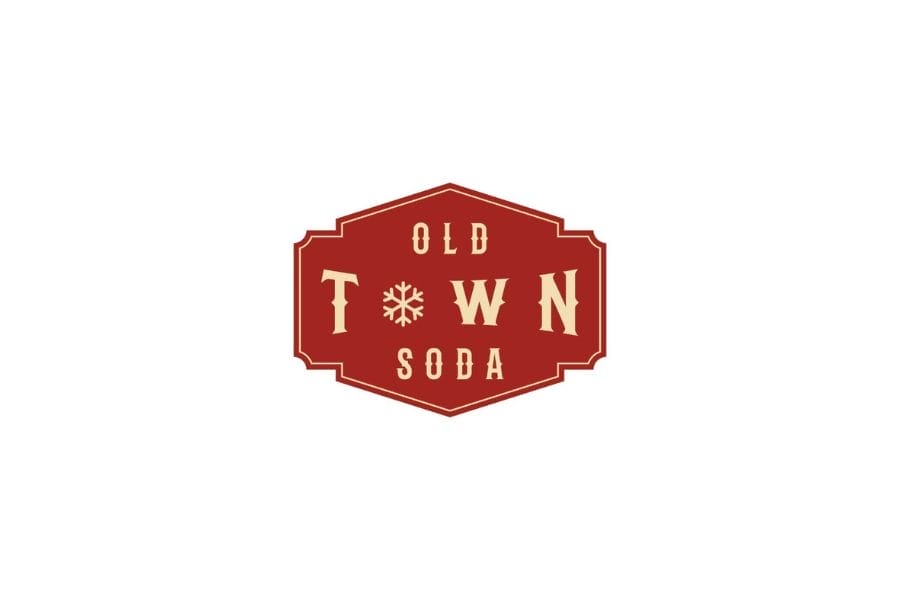June 20: Goli soda bottles, kismi bar, mango bite, and chuskigola are some treats that have been famous among all millennials. The children thoroughly enjoyed these popular inexpensive treats in the old days. And the fascinating thing is that these treats were a ‘thing’ for children across India. Of these, the banta lemon soda and goli soda, a recipe as old as 141 years old, is also well known to almost every Indian household.
Decades ago, soda was a thing of a common sight in every next paan shop or general outlet. But gradually, with the onset of Cola and other soft drink options, its popularity declined. The declining market of traditional cola drinks yet again presents an opportunity for its revival. Today, in a bid to win the hearts of Indian consumers, the FMCG players are looking to revive this old forgotten flavour with a new flavour mix to maximise their premiums.
The market for non-alcoholic beverages is predicted to grow at a CAGR of 18.69% between the period 2020-27. It will value somewhere around INR 1,131.52 billion by the year 2027. Among the non-alcoholic beverages market, as per Technavio, the fruit-flavoured soft drinks market is predicted to grow at a CAGR of 4.75% from 2021-26. Furthermore, according to Nielsen, carbonated soft drinks account for more than half of India’s soft drink industry.
Old town soda brings the Indian mixed exotic flavours to the table.

To invoke the childhood and gone days nostalgia, the famous old-time soda has been relaunched by “Old Town Soda” in new avatars. Le Vintage Pvt. Ltd. is a Hyderabad-based beverage manufacturer focused on packaged drinking water and aerated drinks. Their Signature product is “Old Town Soda “, a premium Goli Soda that offers consumers a range of healthy, safe, high-quality, refreshing beverage options. Old Town Soda, the beverage company, has introduced an Indian mixed exotic flavoured range in 10 different flavours: watermelon agua fresca, green goddess kiwi, Italian lemon drop, blue breeze, guava blush, blackcurrant zombie and orange summer.
The foundation of the company was laid by three food and beverages fanatic friends. One of its founding members, Vinay Kumar Pottabathini, expresses, “With people continuously becoming conscious of their health and wellness, the FMCG players need to constantly change their products in terms of contents, composition, packaging, and other features. The same is for the players in the fruit-flavoured soft drinks market. Even foreign FMCG players are innovating in this segment of the Indian market. But, as per my understanding, the local providers are likely to score for their better knowledge of the ingredients that touch the heart of Indian consumers. Nonetheless, standards and quality will also be required to stay in the competition. “
The company is currently catering for the B2B market, supplying restaurants and other hospitality services, to expand to retail outlets and start B2C soon. By reviving the traditional beverages market, the company aims to build a bridge that instantly connects the nostalgia of everyone’s childhood through its nostalgic delights. Having experience in various segments of the FMCG industry, its leadership has created the brand in a fashion where the culture of success continues to fuel the transformation and supports growth worldwide.
Strategically created, Old Town Soda’s mission is to craft the brand and drinks that people love and refresh them in body & spirit with a twist of nostalgia. It aims to achieve its ambition through sustainable operations to win the marketplace. It also ensures that its bottling operations receive the appropriate safety and expertise and thus, follow all industry benchmarks of quality control.
Conclusion
The recent rise of local Indian flavoured product lines by Indian players and the experimenting startups is reshaping the non-alcoholic beverage industry and compelling established players to add new flavours to their menus and extend their product line. Continuous product innovation is essential to survive the continuously evolving consumer market. At the same time, the tastes consumers still hook up to from the past must also be experimented with to capture the market by introducing some twists.




